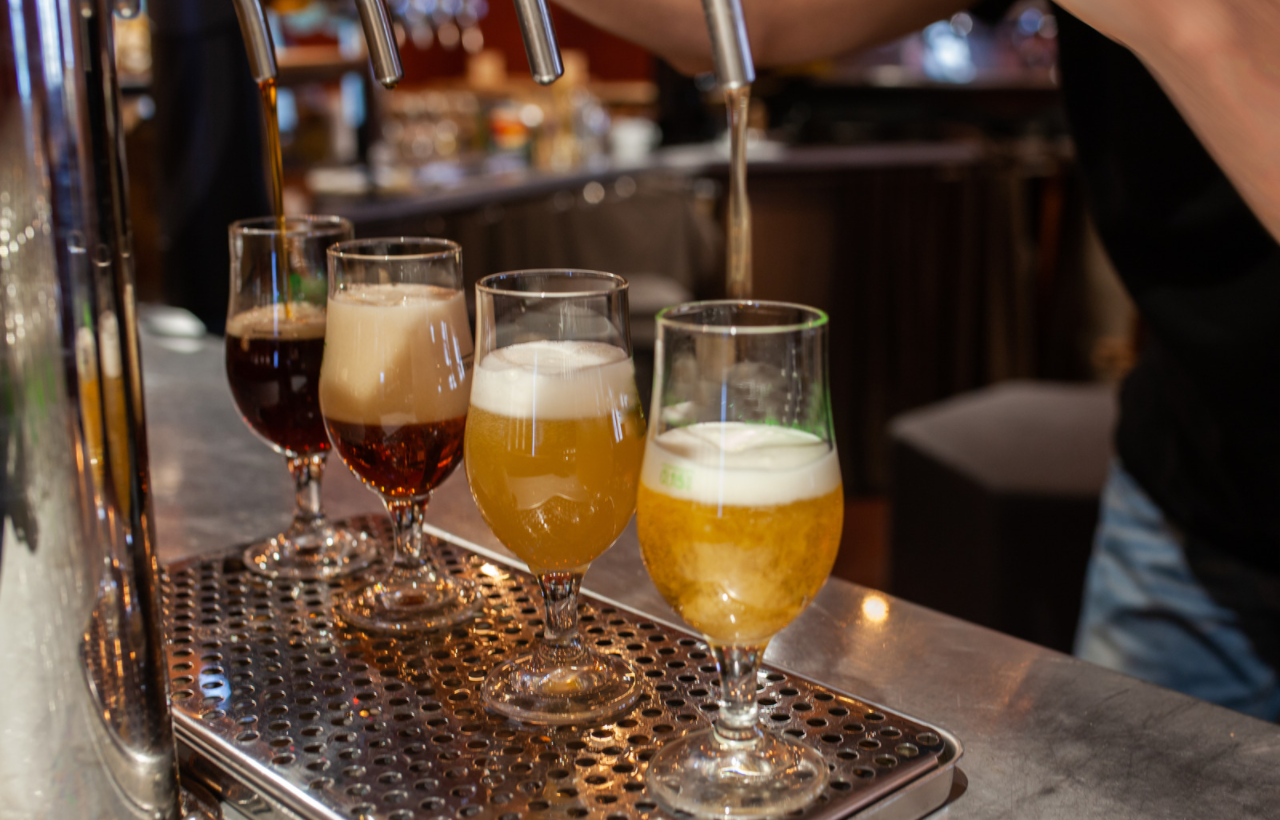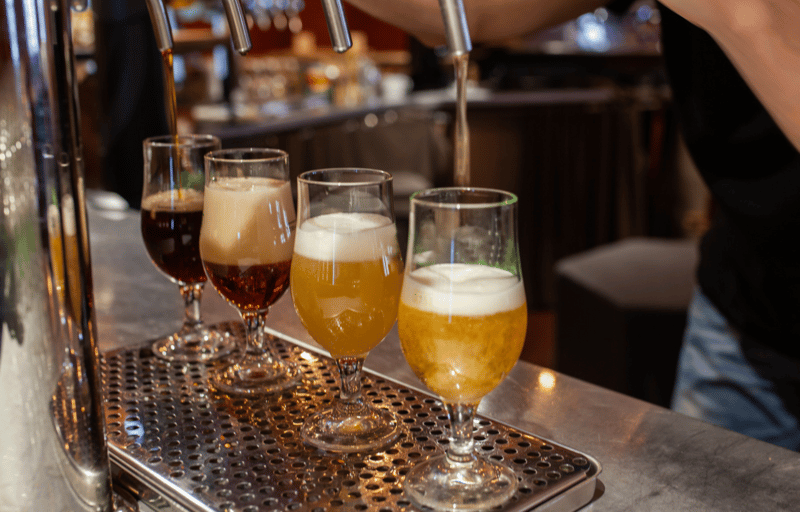
Beer has become a big beverage market in the United States. In 2019, over 203 million barrels of beer were shipped across the United States. And e-commerce has become a popular way to enjoy beer, helping bring beer directly to customers' homes wherever alcohol delivery is legal.
As restaurants and bars in Philadelphia continue to reopen to full capacity, the desire for beers of all types will continue to increase. So in honor of America’s love of beer, let’s look at beer’s history in the USA and how Chill-Rite can help your bar or restaurant gain more yield from each keg, getting more profit out of each pour.
Beer Through The 19th Century
The first commercial brewery was built in modern-day New York City in 1632 by the Dutch West Indies Company. Since the British and Dutch were the colonies' original settlers, their beer styles were popular through the 1700s. In the mid 19th century, Germans began immigrating to the United States, and they brought along their brewers yeasts and beer brewing methods.
The colonials and early Americans drank a very light version of beer, which they often consumed instead of water, which could be dangerous due to a lack of sanitation. They also consumed what we now call hard ciders. When the Germans arrived in the States, their version of beer was a more robust version based on their hops.
At the time, all beers were local. If you lived in Massachusetts, you couldn't drink beers from Wisconsin. This changed when brewer Eberhard Anheuser invited his son-in-law, Adolphus Busch, to help him run his St. Louis brewery. Their goal to make their beer available across the country changed the way the beverage was consumed and distributed.
Prohibition Arrives
The goal of eliminating the consumption of alcoholic products in the United States took effect in 1920. For 13 years, the sale and distribution of alcoholic beverages in the US were illegal, and breweries had to find new ways of doing business to survive. Some of today’s more familiar names in the beer industry survived by pivoting to make new ways of making money, like making cheese. Those who couldn’t transition ended up going out of business - there were more than 1,300 breweries before Prohibition, but less than 100 remained in 1933.
The Arrival of Homebrewing and Craft Beer
According to the Smithsonian Institution's beer historian, Theresa McCulla, soldiers returning home from active duty in Europe began searching for a more flavorful styled beer they had experienced there. But since those styles weren't yet available in the United States, they began learning how to homebrew and make their own beers.
The problem was that homebrewing was illegal in the United States until 1979. Many alcohol laws, put in place after Prohibition ended, limited who could produce beer. Craft breweries began positioning for changes, and the 2000s brought on a craft beer revolution. Between 2008 and 2016, the number of brewery workers grew by 120%. The total number of craft breweries in the United States is well over 8,000 as the desire to consume craft beers and 'drink local' is still strong.
S.S. Brewtech Starts With The Perfect Brew
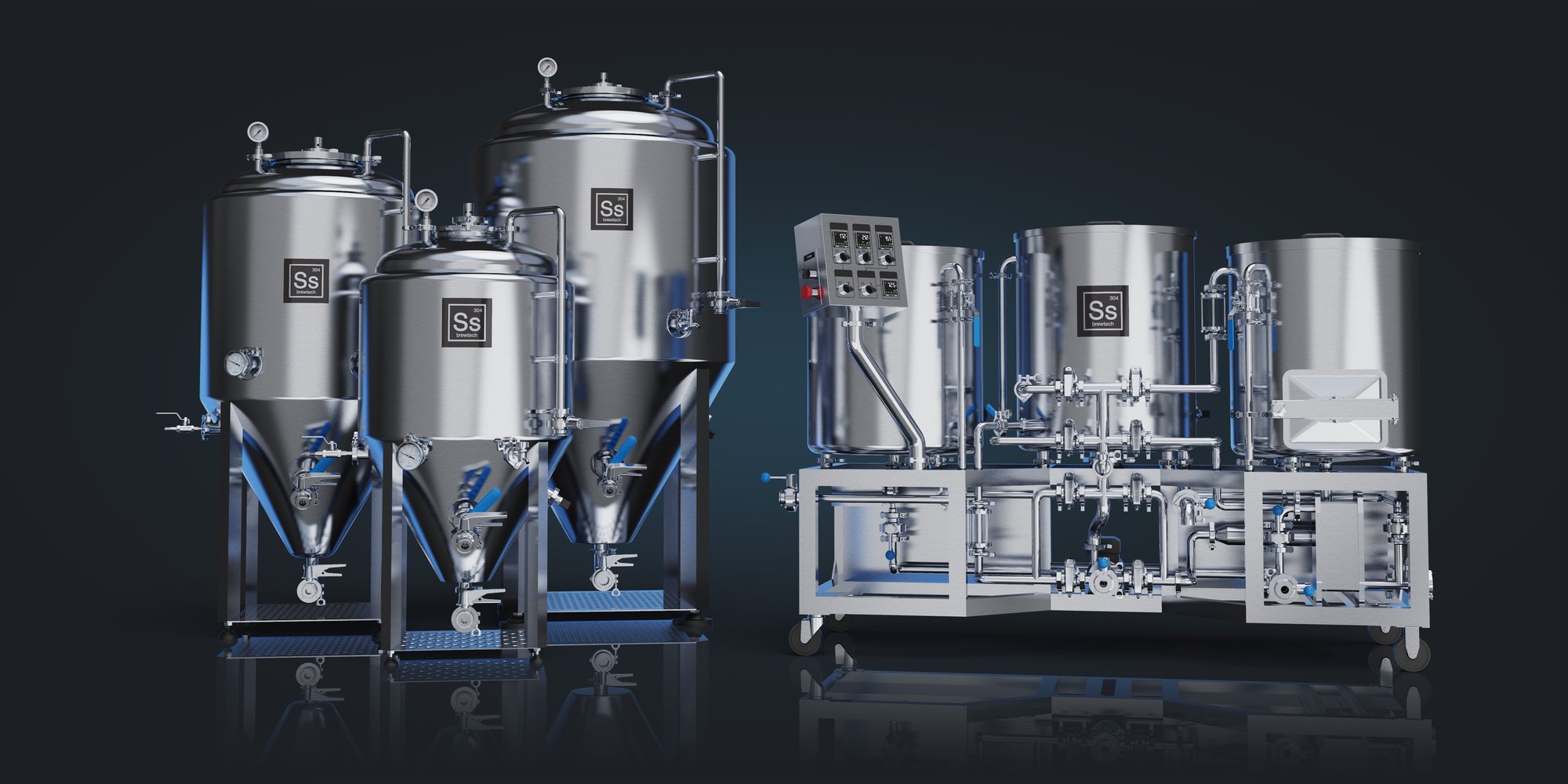
Starting at the very beginning, S.S. Brewtech has the very best brew equipment for every operation, from the large professional brewery down to the nano home brewer. Since their start in 2013, they boast many market "firsts," including a conical bottomed stainless bucket, a weldless kettle trub dam, an insulated 5 degree sloped floor mash tun with center drain, and an integrated temperature control system custom designed for the Chronical series fermenters.
Every Craft Beer Brewery Needs A Well-Crafted System
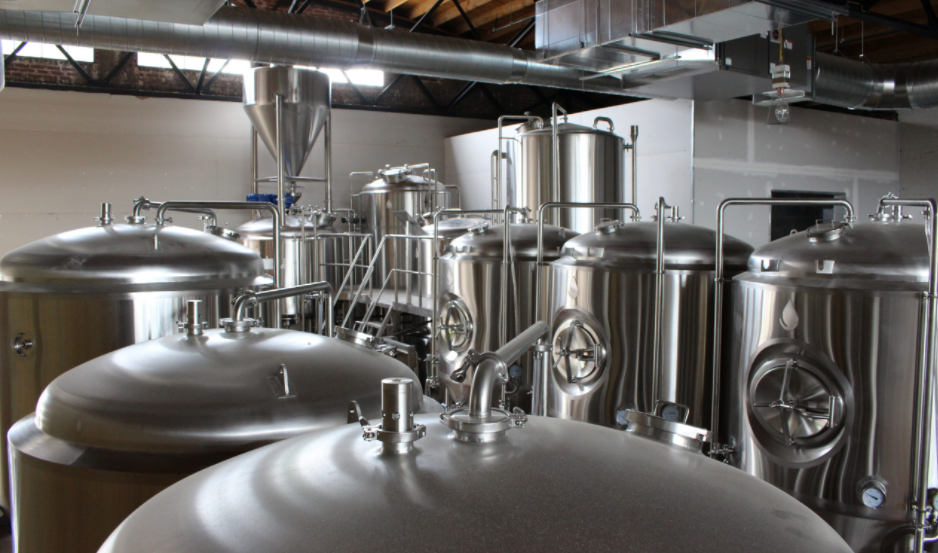 Deutsche Beverage Technology is a custom-design brewery equipment manufacturer and supplier based in Charlotte, NC. Deutsche Beverage Technology focuses on combining state-of-the-art technology with detailed craftsmanship to provide the industry’s highest-quality systems. From brewing to kegging equipment, they offer high quality German designs for conventional equipment sizes, as well as the ability to engineer and custom fabricate almost anything to fit your facilities needs and goals.
Deutsche Beverage Technology is a custom-design brewery equipment manufacturer and supplier based in Charlotte, NC. Deutsche Beverage Technology focuses on combining state-of-the-art technology with detailed craftsmanship to provide the industry’s highest-quality systems. From brewing to kegging equipment, they offer high quality German designs for conventional equipment sizes, as well as the ability to engineer and custom fabricate almost anything to fit your facilities needs and goals.
Chill-Rite Serves Beer Right Every Time
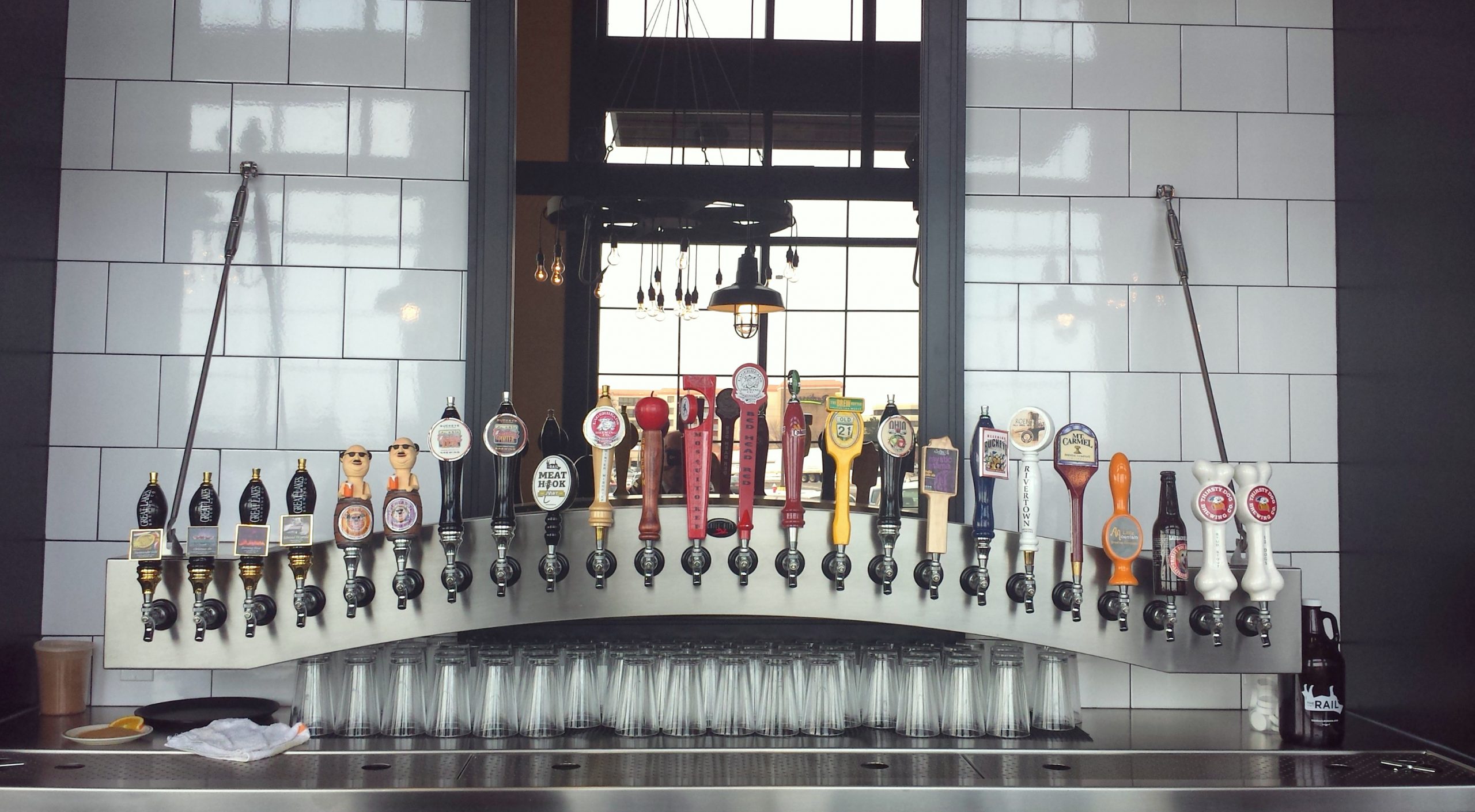
Make sure your bar, restaurant, hotel, or brewery is always serving customers their draught beers at the right temperature by using Chill-Rite. With the ability to serve different types of beer at different temperatures, using the same system, Chill-Rite lets you have the most popular beers on tap. Allowing for temperatures at 32 degrees Fahrenheit, or any desired temperature dialed within one degree of the chillers, Chill-Rite keeps kegs out of sight without having to depend on keg cooler temperatures or the length of the line run.

